First-gen Volkswagen Tiguan Was Officially a Flop in America - Can New Tiguan Undo Damage?
Long before Volkswagen tasked itself with overcoming the expenses of a developing dirty diesel scandal and the harm it caused to the brand’s already lackluster image in the United States, Volkswagen Of America was struggling to sell its small SUV during a small SUV boom.
Incidentally, that vehicle – the first-generation Tiguan – was never available in the United States with a diesel engine, a rarity in a Volkswagen lineup that provides diesel options to buyers of the Golf, Jetta, Passat, Beetle and Touareg.
Perhaps the option of a diesel would have made the original Tiguan more popular in the United States, but there were other profound problems that Volkswagen hopes to resolve when a stretched version of the second-generation Tiguan eventually arrives in North America late next year or in early 2017. Yes, Tiguan Mk2 is still a ways off.
Even if the Tiguan was constructed by a more accepted automaker and wore a more mainstream badge, consumers still would have taken issue with the vehicle’s tiny cabin, the high sticker price, the thirsty engine — and the thirsty engine’s preference for premium fuel.
In 2009, the Tiguan’s first full year of U.S. sales, the Tiguan was the same length as the Ford Escape, but the Escape’s cabin and cargo area were 4 percent and 23 percent larger, respectively.
Yes, the Tiguan’s 2-liter turbo produced more standard horsepower than many competitors, but it was rated at 18 mpg in the city and 24 mpg on the highway. The far more powerful V-6 in Toyota’s 2009 RAV4 was rated at 19 mpg in the city and 26 mpg on the highway.
As for pricing, all-wheel-drive Tiguans were priced just a hair below $30,000 at a time when all-wheel-drive Honda CR-Vs topped out a hair below $30,000. Sure, Tiguans had a premium air about them, and the Tiguan’s excellent on-road behavior made it the hot hatch of small SUVs, but it clearly didn’t matter to consumers.
Time marched on. Volkswagen now markets a Tiguan — still the same Tiguan — that’s a few inches shorter than the latest Ford Escape, which also offers 44 percent more cargo volume behind the rear seats.
The all-wheel-drive Tiguan is rated by the EPA at 20/26 mpg for MY2015; Nissan’s Rogue AWD is rated at 25/32.
The Tiguan requires premium grade fuel, and competitors do not.
All-wheel-drive Tiguans are priced from $27,730. All-wheel-drive CR-Vs cost $2,155 less.
The result? The Tiguan, not very popular even during its peak, is on track for fewer than 30,000 sales in calendar year 2015, having topped the 30,000 mark only twice in the nameplate’s U.S. history. American Honda Motor Co. currently sells 29,000 CR-Vs per month. Overall SUV/crossover sales are booming in the United States.
In 2012, the Tiguan’s best sales year, the CR-V outsold the Tiguan by nearly 9-to-1. The list of small utility vehicles which easily outsold the Tiguan in 2012 is a long one: Escape, Chevrolet Equinox, RAV4, Rogue, GMC Terrain, Dodge Journey, Subaru Forester and Hyundai Santa Fe were all, at least, more than twice as common. The fleet-only Chevrolet Captiva Sport generated 5,204 more sales in the U.S. in calendar year 2012 than the Tiguan.
Only 175,606 Tiguans have been sold in America since its 2008 arrival. While a vehicle like the Nissan Rogue managed to consistently produce year-over-year improvements and bolster its brand in a quest to restore Nissan’s market share – the Rogue accounted for 11 percent of Nissan USA’s 689,014 sales in 2009 but 20 percent of the brand’s 915,358 year-to-date sales in 2015 – the Tiguan has been an afterthought in Volkswagen’s U.S. showrooms. Only 7 percent of Volkswagens sold in America last year were Tiguans, on par with the Tiguan’s performance in its best sales year of 2012 when overall VW of America sales rose to a 39-year high.
Setting aside the hugely consequential difficulties that now beset Volkswagen, the new Tiguan would be far more likely to succeed in the U.S. market. Competitive sizing could find the Tiguan on the radar of more consumers. More efficient engines that don’t require premium fuel, combined with presumably lower sticker prices based on its Mexican build location could help the Tiguan foster greater interest on financial terms alone. A lighter body may cause the Tiguan to appeal even more strongly on the dynamic front.
But even if Volkswagen finds a way to overcome what could turn out to be a dramatic turn against its TDI “Clean” diesels — even if Volkswagen injects one of those engines into the second-generation Tiguan and even if the next Tiguan is twice as popular as the current Tiguan, this still wouldn’t be a common vehicle.
That’s how rare the current Tiguan has turned out to be. Even 60,000 annual U.S. sales — rather than the sub-30,000 annual U.S. sales the Volkswagen Tiguan is managing now — may be sufficient to rank the VW 12th, but no better than 11th, in its own segment.
Timothy Cain is the founder of GoodCarBadCar.net, which obsesses over the free and frequent publication of U.S. and Canadian auto sales figures. Follow on Twitter @goodcarbadcar and on Facebook.
More by Timothy Cain
Latest Car Reviews
Read moreLatest Product Reviews
Read moreRecent Comments
- ToolGuy The only way this makes sense to me (still looking) is if it is tied to the realization that they have a capital issue (cash crunch) which is getting in the way of their plans.
- Jeff I do think this is a good thing. Teaching salespeople how to interact with the customer and teaching them some of the features and technical stuff of the vehicles is important.
- MKizzy If Tesla stops maintaining and expanding the Superchargers at current levels, imagine the chaos as more EV owners with high expectations visit crowded and no longer reliable Superchargers.It feels like at this point, Musk is nearly bored enough with Tesla and EVs in general to literally take his ball and going home.
- Incog99 I bought a brand new 4 on the floor 240SX coupe in 1989 in pearl green. I drove it almost 200k miles, put in a killer sound system and never wish I sold it. I graduated to an Infiniti Q45 next and that tank was amazing.
- CanadaCraig As an aside... you are so incredibly vulnerable as you're sitting there WAITING for you EV to charge. It freaks me out.


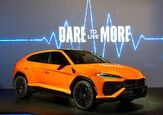

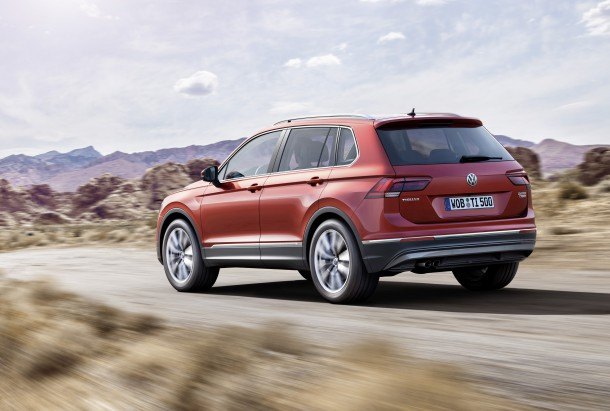













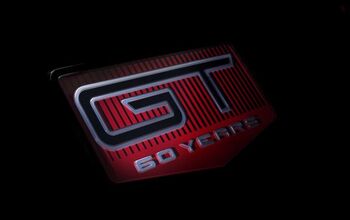
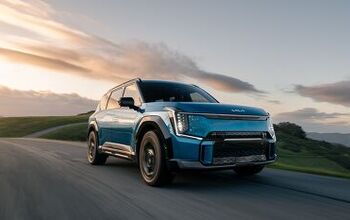

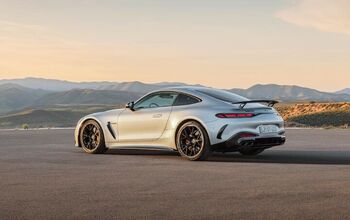
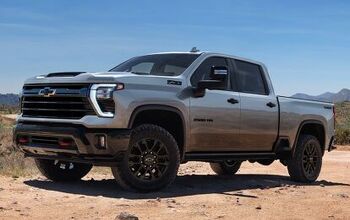
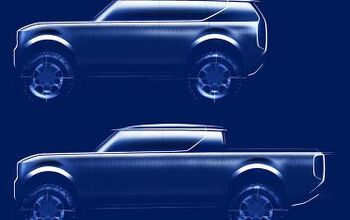
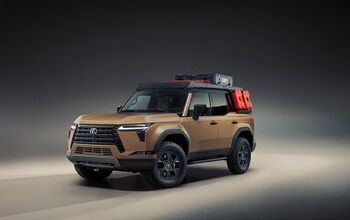
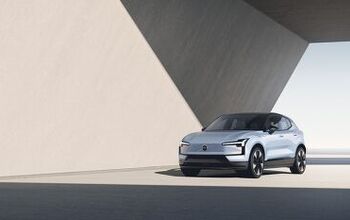
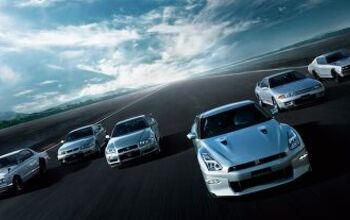
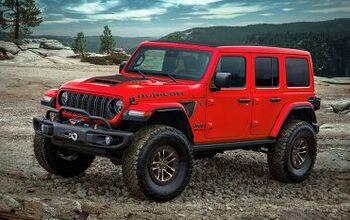
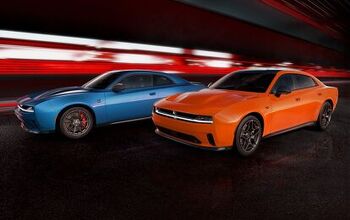


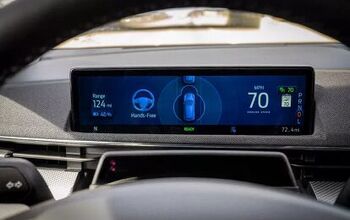
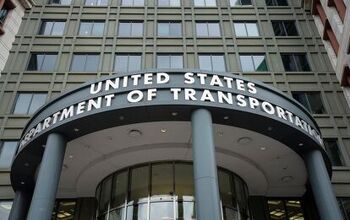
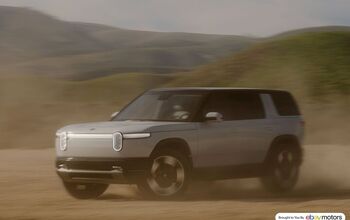
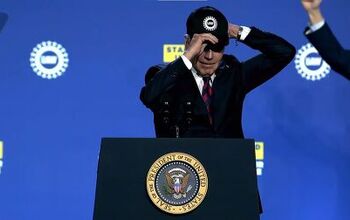
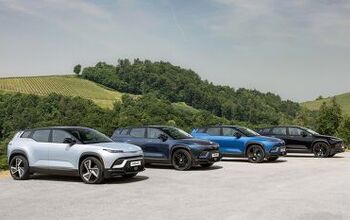
Comments
Join the conversation
I like European cars and VWs in particular. A few years ago, I test drove both the Tiguan and the Rav4 Sport (V6, firmer suspension, etc.). The Rav4 blew the VW away in every way. It was kind of sad. Given VWs history here, I suspect this newer, larger version will be priced higher, thus helping assist failure. Diesel emissions (it had to be included).
I recently spent 10 hours as a front passenger in a 2015 Tiguan. My impressions: Either the driver had a twitchy driving style or the steering is very quick. Power and ride seem fine, engine noise isolation is very good. Some places you touch all the time, like the door armrest pull, are hard smooth shiny plastic. Seat was uncomfortable. The back had hard parts that stuck out too far, so there was very uneven contact. Got a sore ass after a couple of hours. Automatic wipers deployed for two swipes after the car ahead sprayed their windshield. This left us with extensive smeared bug mess. Cargo area is very small, forcing use of roof rack for a lot of utility use. Which negates any fuel savings from the small size. Seating area is too narrow for three adults in the back. Infotainment gizmos seemed extensive, but required taking the driver's eyes off the road to use it. Despite being quite new, there was a rattle in the front passenger door. Clearance was very good on a steep unmaintained gravel mountain road. Awd and traction control was very good. Front door armrest was mounted too far away, too high and too far forward. At the same time, the console armrest was much lower and farther back. Remarkably awkward. Factoring in the premium fuel requirement, I don't see why anyone would buy one except if they're a VW fan or they are happy to sacrifice so much for the snappy handling.